This article was medically reviewed by Jonas DeMuro, MD. Dr. DeMuro is a board certified Pediatric Critical Care Surgeon in New York. He received his MD from Stony Brook University School of Medicine in 1996. He completed his fellowship in Surgical Critical Care at North Shore-Long Island Jewish Health System and was a previous American College of Surgeons (ACS) Fellow.
There are 9 references cited in this article, which can be found at the bottom of the page.
wikiHow marks an article as reader-approved once it receives enough positive feedback. In this case, 80% of readers who voted found the article helpful, earning it our reader-approved status.
This article has been viewed 190,148 times.
Research suggests that surgery may help relieve pain, stiffness, and swelling from plantar fasciitis if other treatments didn't work for you.[1] Plantar fasciitis is a common foot condition that occurs when the band of tissue on the bottom of your foot becomes inflamed. During your surgery, your doctor will likely cut part of your plantar fascia ligament so it won't be so tight. Experts agree that risks of surgery include issues like foot pain, slow wound healing, infection, and pinched nerves, but most people feel better after surgery.[2]
Steps
Recovering from Endoscopic Surgery
-
1Wear your postoperative shoe or walking cast. Since an endoscopic procedure is less invasive than an open surgery, the recovery time is shorter as well. Your surgeon will bandage your foot after the surgery, and she will then wrap it in a walking cast or postoperative boot. You can expect to wear this for three to seven days after the surgery.[3]
- Your doctor may end up recommending you wear the boot or cast for longer. Always wear it according to your surgeon’s postoperative directions.
-
2Stay off your feet for the first week. While you are not forbidden from walking, your surgeon will recommend that you stay off the foot as much as possible for the first week after the surgery. This will limit your pain, recovery period, and potential for complications such as soft tissue damage around the site.
- Your surgeon will likely tell you to stay off your feet for everything but getting up to use the restroom and eat.
- You should also keep the foot and bandage completely dry to reduce the risk of infection.
Advertisement -
3Use supportive walking shoes once your surgeon removes the cast or boot. At your first follow-up appointment, your surgeon will decide whether or not to remove your cast/boot yet. If your surgeon removes it, then he will recommend that you wear shoes with plenty of arch support for the next several weeks while still minimizing the amount of weight you place on your foot.[4]
- Podiatrists and surgeons will typically prescribe custom orthotic shoe inserts before ever performing plantar fasciitis surgery. Return to using your orthotics as directed to provide the additional support as your foot heals.
-
4Have your surgeon remove your sutures. Your surgeon will remove any sutures from the procedure at your next appointment, which will likely be anywhere from 10 to 14 days after your initial procedure. Once the sutures are out, you are free to resume bathing your foot. You can also resume placing your full weight on the foot.[5]
-
5Do not try to resume your normal walking routine for at least three weeks. Even with your sutures out and using your orthotics, you are likely to experience some discomfort from walking for around three weeks.
- If your job requires you to spend long hours on your feet, then you may have to take this time off work.You should arrange this with your employer before scheduling your plantar fasciitis surgery.
- When you do have to be on your feet, you may find relief from discomfort in icing and elevating your foot afterward. By placing a frozen water bottle on the floor and using your foot to roll across it, you can perform a good stretch on the area as well as icing it.[6] [7]
-
6Go to all of your doctor and physical therapy appointments. You will have additional follow-up appointments with your doctor at her discretion. You can also expect to meet with a physical therapist who will teach you how to stretch the muscles and tendons in your foot safely for the best outcome after your surgery. Always schedule these appointments based on the suggestions of these professional providers and attend each appointment.
-
7Consult your physical therapist before resuming any strenuous exercise routines. Even after you’re walking normally without any discomfort, your doctor or physical therapist may recommend easing yourself back into high-impact exercise routines. Consult them about the best exercises and schedule for resuming your workout regimen.
- Don’t be surprised if they suggest switching to lower impact exercises, such as swimming and cycling, for several months after your procedure.
Recovering from Open Surgery
-
1Wear your cast or brace for the entire time designated by your surgeon. Consistent use of your cast or brace is necessary in order to allow your fascia to fully recover. Even if you feel better and there is little to no pain when you put your full weight on your feet, it is still necessary to allow complete recovery. No pain and increased mobility does not mean your body has healed 100 percent. You can expect to wear the cast or boot for two to three weeks. [12]
- Your surgeon will likely tell you to stay off your feet completely except for when eating or using the bathroom for the first week or two.
- You should also keep the foot and bandage completely dry to reduce the risk of infection.
-
2Use the crutches provided. Though you should stay off your feet completely as often as you can manage it, your doctor will provide crutches for you to use when you must get up. Use them consistently to help aid you in keeping weight off your foot.
-
3Take any pain meds prescribed by your doctor. Though not highly invasive, the open nature of the procedure will still result in pain during your recovery. Your doctor will likely prescribe pain medication to help keep you more comfortable during the initial recovery time. Take your pain meds as directed when you are experiencing pain. If the pain is unrelieved, contact your doctor.
- Your doctor will have you switch to over-the-counter pain medication once your prescription runs out. Non-steroidal anti-inflammatory drugs (NSAIDs) such as ibuprofen can help manage pain.[13]
-
4Schedule and attend your follow-up appointments. Your surgeon will schedule follow-up appointments to monitor the progress of your recovery and to determine when to remove the cast or boot on your foot. Make sure you attend these appointments, and do not remove the cast or boot before your doctor gives the okay.
-
5Start wearing shoes with proper support. Once your doctor removes the cast/boot, he will give the okay for you to start wearing shoes again as soon as it’s comfortable for you to do so. Since surgery is a last resort, you will likely already have custom orthotic inserts for your shoes. Continue to use them after the surgery to provide the proper form and support to your foot as it continues to heal.[14]
-
6Use ice to reduce discomfort. Once your foot is out of the cast, you can also ice it to help reduce discomfort, especially after being on your feet for a long period of time. One method is to place a frozen water bottle under your foot while rolling your foot along it. This stretches the area around your plantar fascia while icing it at the same time.[15] [16]
-
7Attend any physical therapy appointments. If your doctor sees the potential for complications or evidence that you’ve been putting too much weight on your foot, she may schedule more appointments to monitor your foot. However, you will likely only have to meet with a physical therapist at this point to learn some stretches and exercises to aid in your recovery time.[17]
- These types of stretches include massaging your plantar fascia by using a small, hard object such as a golf ball to roll under your foot.[18] [19]
- Another easy way to exercise the corresponding muscles and tendons is to flex your toes down and in to grasp a towel or even the carpet beneath your feet.[20] [21]
-
8Restrict all running and impact sports for at least three months. Even after you can walk normally without any discomfort, your doctor or physical therapist may recommend easing yourself back into high-impact exercise routines. You’ll want to restrict high-impact running and jumping for as long as three months.[22] Consult them about the best exercises and schedule for resuming your workout regimen.
- They won’t stop you from exercising completely, but they will likely suggest low-impact routines such as swimming.
Warnings
- This article covers a general set of guidelines for plantar fascia release surgery. You should always follow your own doctor's advice and instructions.⧼thumbs_response⧽
- Contact your doctor immediately if you have severe pain or signs of infection after surgery. Signs of infection include redness, swelling, drainage from the wound, and fever.⧼thumbs_response⧽
References
- ↑ https://medlineplus.gov/ency/article/007021.htm
- ↑ https://healthy.kaiserpermanente.org/health-wellness/health-encyclopedia/he.plantar-fasciitis-should-i-have-surgery-for-heel-pain.aa57571
- ↑ https://www.pennmedicine.org/for-patients-and-visitors/find-a-program-or-service/orthopaedics/foot-and-ankle-pain/plantar-fasciitis-heel-pain-treatment
- ↑ https://myhealth.alberta.ca/Health/Pages/conditions.aspx?hwid=aa57571
- ↑ https://www.aofas.org/footcaremd/treatments/Pages/Plantar-Fascia-Release.aspx
- ↑ Domino, F. (n.d.). The 5-minute clinical consult standard 2015 (23rd ed.).
- ↑ Donley BG, Moore T, Sferra J, et al. The efficacy of oral nonsteroidal anti-inflammatory medication (NSAID) in the treatment of plantar fasciitis: A randomized, prospective, placebo-controlled study. Foot Ankle Int. 2007;28:20–23.
- ↑ Domino, F. (n.d.). The 5-minute clinical consult standard 2015 (23rd ed.).
- ↑ Donley BG, Moore T, Sferra J, et al. The efficacy of oral nonsteroidal anti-inflammatory medication (NSAID) in the treatment of plantar fasciitis: A randomized, prospective, placebo-controlled study. Foot Ankle Int. 2007;28:20–23.
- ↑ Domino, F. (n.d.). The 5-minute clinical consult standard 2015 (23rd ed.).
- ↑ Donley BG, Moore T, Sferra J, et al. The efficacy of oral nonsteroidal anti-inflammatory medication (NSAID) in the treatment of plantar fasciitis: A randomized, prospective, placebo-controlled study. Foot Ankle Int. 2007;28:20–23.
- ↑ http://www.webmd.com/a-to-z-guides/plantar-fascia-release
- ↑ Donley BG, Moore T, Sferra J, et al. The efficacy of oral nonsteroidal anti-inflammatory medication (NSAID) in the treatment of plantar fasciitis: A randomized, prospective, placebo-controlled study. Foot Ankle Int. 2007;28:20–23.
- ↑ https://myhealth.alberta.ca/Health/Pages/conditions.aspx?hwid=aa57571
- ↑ https://myhealth.alberta.ca/Health/Pages/conditions.aspx?hwid=aa57571
- ↑ Domino, F. (n.d.). The 5-minute clinical consult standard 2015 (23rd ed.).
- ↑ https://medicine.osu.edu/-/media/files/medicine/departments/sports-medicine/medical-professionals/rehabilitation-protocols/plantar-fasciotomy-2021.pdf?la=en&hash=62F3E476C1F602F0E4E2ABD32F0CA95ACEF20C3D
- ↑ Domino, F. (n.d.). The 5-minute clinical consult standard 2015 (23rd ed.).
- ↑ Donley BG, Moore T, Sferra J, et al. The efficacy of oral nonsteroidal anti-inflammatory medication (NSAID) in the treatment of plantar fasciitis: A randomized, prospective, placebo-controlled study. Foot Ankle Int. 2007;28:20–23.
- ↑ Domino, F. (n.d.). The 5-minute clinical consult standard 2015 (23rd ed.).
- ↑ Donley BG, Moore T, Sferra J, et al. The efficacy of oral nonsteroidal anti-inflammatory medication (NSAID) in the treatment of plantar fasciitis: A randomized, prospective, placebo-controlled study. Foot Ankle Int. 2007;28:20–23.
- ↑ http://www.webmd.com/a-to-z-guides/plantar-fascia-release
About This Article
To recover from endoscopic plantar fasciitis surgery, stay off your feet as much as possible for the first week. Wear your postoperative shoe or walking cast and keep the bandage underneath it completely dry to reduce the risk of infection. You can resume bathing your foot after your surgeon removes the sutures, which usually happens 10-14 days after the surgery. Once your surgeon removes the cast or boot, wear comfortable walking shoes with plenty of arch support for the next several weeks and work with a physical therapist to regain full range of motion. For tips on recovering from an open surgery, read on!

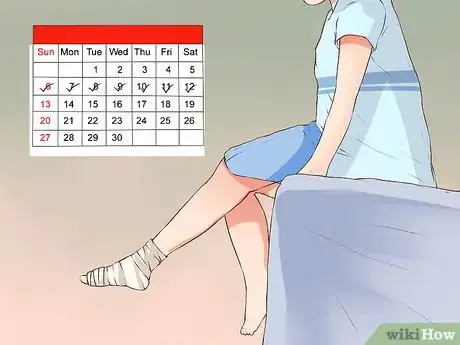
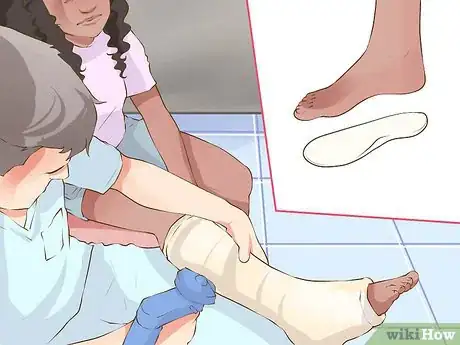
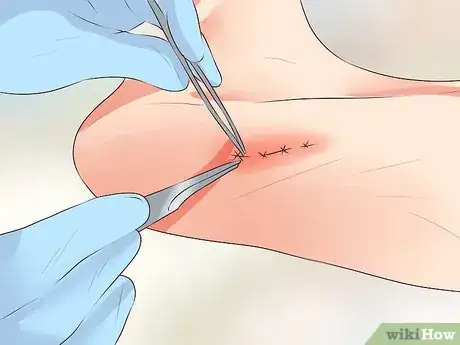
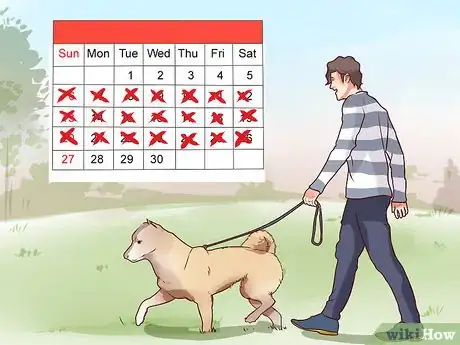
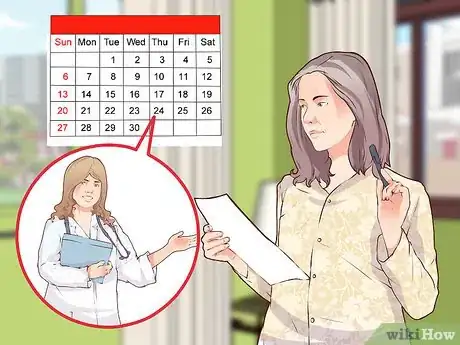

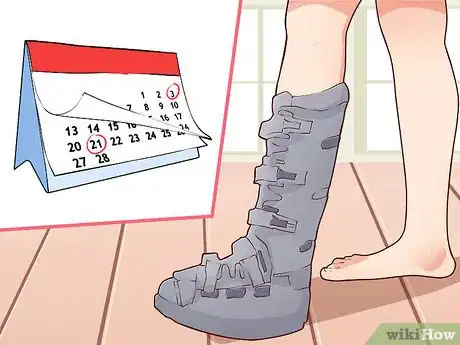



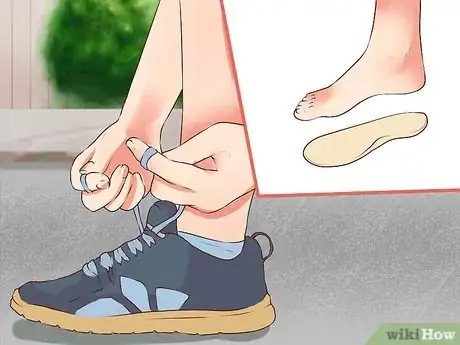
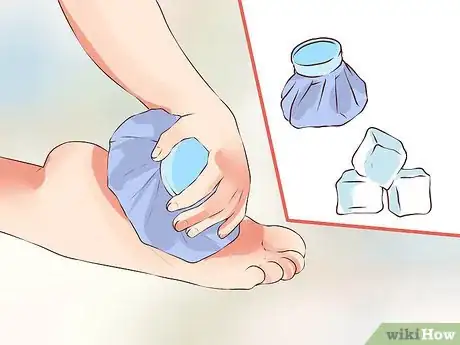
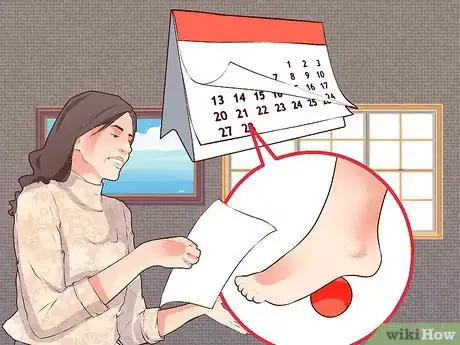
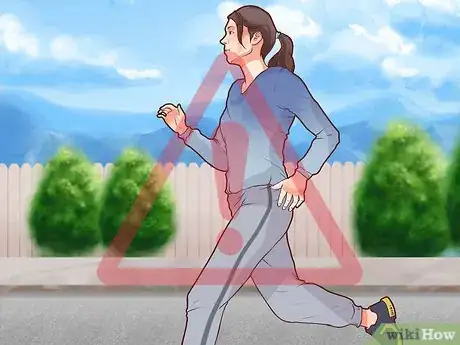
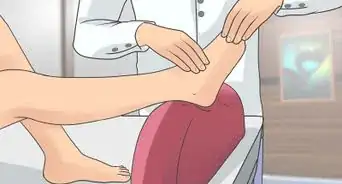






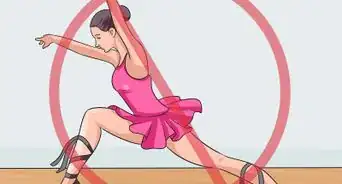

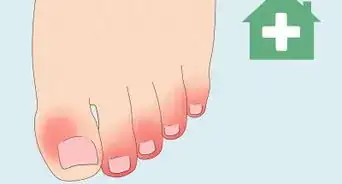


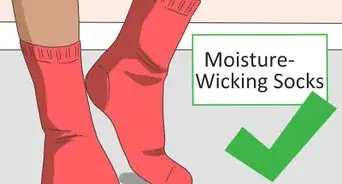
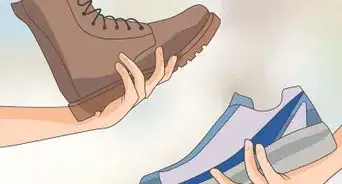










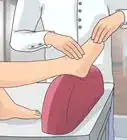






































Medical Disclaimer
The content of this article is not intended to be a substitute for professional medical advice, examination, diagnosis, or treatment. You should always contact your doctor or other qualified healthcare professional before starting, changing, or stopping any kind of health treatment.
Read More...